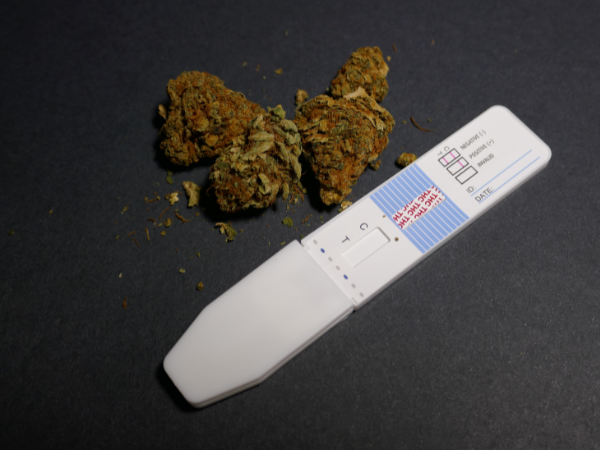Introduction
Welcome to our comprehensive guide on drug testing! At Drug Testing Kits UK, we are committed to providing you with accurate and detailed information to help you understand the intricacies of drug testing procedures. In this guide, we will delve into the various aspects of drug testing, its importance, different types of tests, and other essential considerations.
Why is Drug Testing Important?
Drug testing plays a crucial role in numerous settings, including workplaces, sports organisations, law enforcement agencies, and healthcare facilities. Its primary purpose is to detect the presence of drugs or their metabolites in a person's system. By conducting drug tests, organisations aim to promote safety, ensure compliance, prevent substance abuse, and maintain a healthy and productive environment.
Types of Drug Tests
-
Urine Testing: Urine testing is the most common method employed for drug screening. It detects recent drug use and can identify a wide range of substances. During a urine test, a sample is collected and analysed for the presence of drugs or their metabolites. It is a non-invasive and cost-effective method, making it widely used across various industries.
-
Blood Testing: Blood tests are highly accurate but are typically conducted in situations that require precise measurements of drug concentration or immediate detection of drug use. This type of testing is often performed in healthcare settings, accident investigations, or under legal circumstances.
-
Saliva Testing: Saliva tests are non-invasive and offer the advantage of detecting recent drug use. This type of testing is frequently used in roadside screenings, workplace testing, and rehabilitation programs. It provides quick results and is less intrusive compared to other methods.
-
Hair Testing: Hair testing provides a longer detection window than urine or saliva tests, making it useful in scenarios where a history of drug use needs to be established. It involves analysing a hair sample for drug metabolites, which can remain in the hair follicle for an extended period.
-
Sweat Testing: Sweat testing, also known as patch testing, involves applying a patch to the skin to collect sweat over an extended period. This method is often used for continuous monitoring in rehabilitation programs and forensic investigations.
Commonly Detected Drugs
Drug tests can detect a wide range of substances, including but not limited to:
- Marijuana (THC)
- Cocaine
- Opioids (such as heroin, morphine, and oxycodone)
- Amphetamines
- Benzodiazepines
- Barbiturates
- Methamphetamine
- Phencyclidine (PCP)
Factors Affecting Drug Test Results
Several factors can influence the accuracy and interpretation of drug test results. It is essential to consider these factors to ensure reliable outcomes:
-
Cutoff Levels: Each drug test has predefined cutoff levels, indicating the minimum concentration of a drug or metabolite required for a positive result. Cutoff levels are established to minimize the chances of false positives.
-
Metabolism and Elimination: The rate at which drugs are metabolised and eliminated from the body can vary depending on factors such as individual metabolism, drug potency, dosage, and frequency of use. This can impact the detectability of drugs in different testing methods.
-
Cross-Reactivity: Some substances or medications may cross-react with certain drug tests, leading to false-positive results. It is crucial to inform the testing laboratory about any medications or substances you may have consumed recently.
Choosing the Right Drug Testing Method
Selecting the appropriate drug testing method depends on various factors, including the purpose of testing, the detection window required, budget constraints, and the level of accuracy needed. Consulting with a healthcare professional
or an accredited drug testing provider can help determine the most suitable method for your specific needs.
Conclusion
In conclusion, drug testing plays a vital role in promoting safety, compliance, and a healthy environment across different industries and organisations. By understanding the types of drug tests available, the substances they can detect, and the factors influencing their results, you are equipped with valuable knowledge to make informed decisions regarding drug testing. Remember, accurate and reliable testing methods, coupled with appropriate interpretation, are essential for achieving the desired outcomes.
If you have any further questions or require additional information about drug testing, please don't hesitate to contact us at info@drugtests.co.uk.
Disclaimer: This guide is intended for informational purposes only and should not be considered a substitute for professional medical or legal advice. Always consult with a qualified healthcare provider or legal expert regarding drug testing procedures and their implications.



 03333 704 704
03333 704 704




